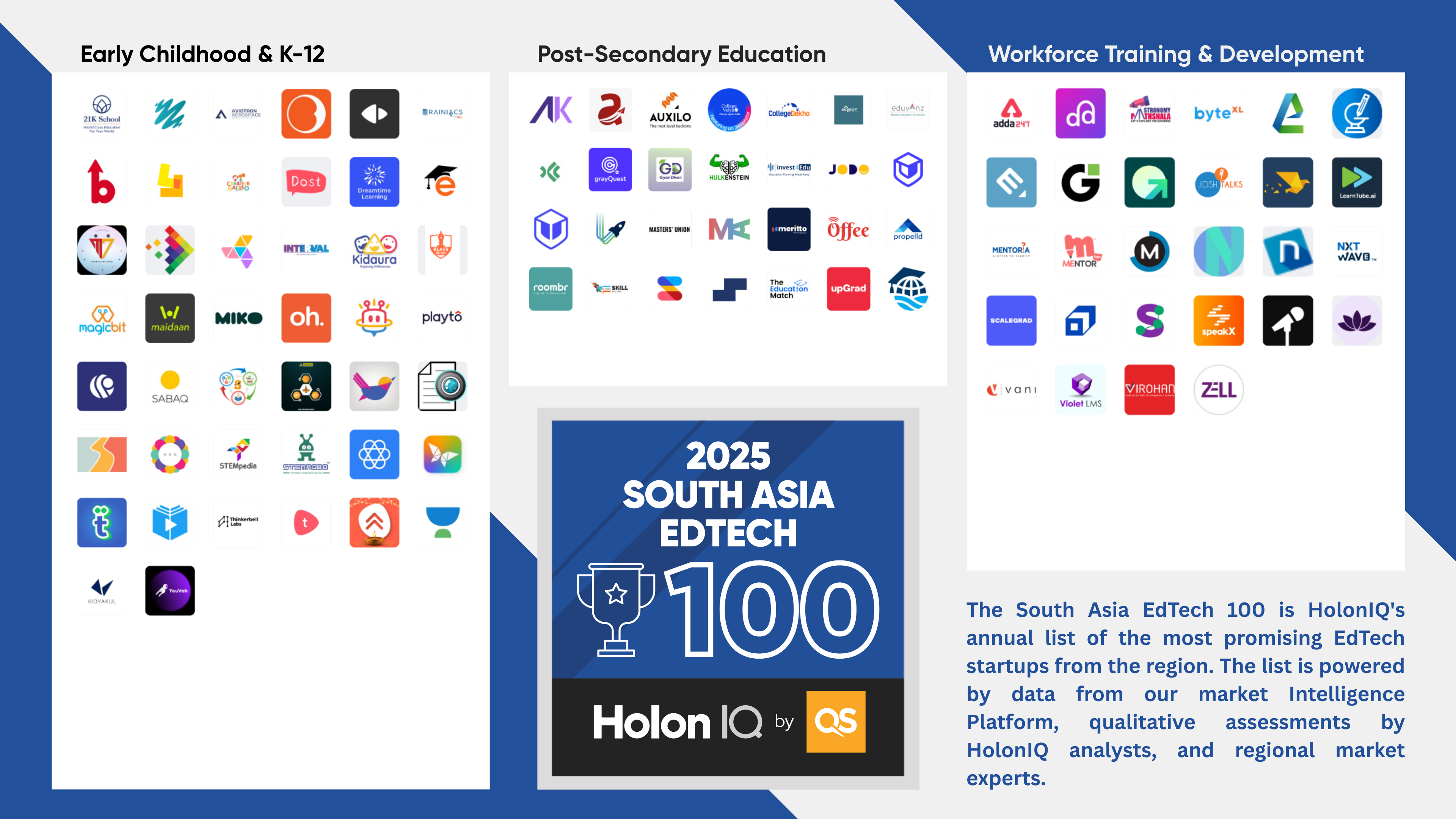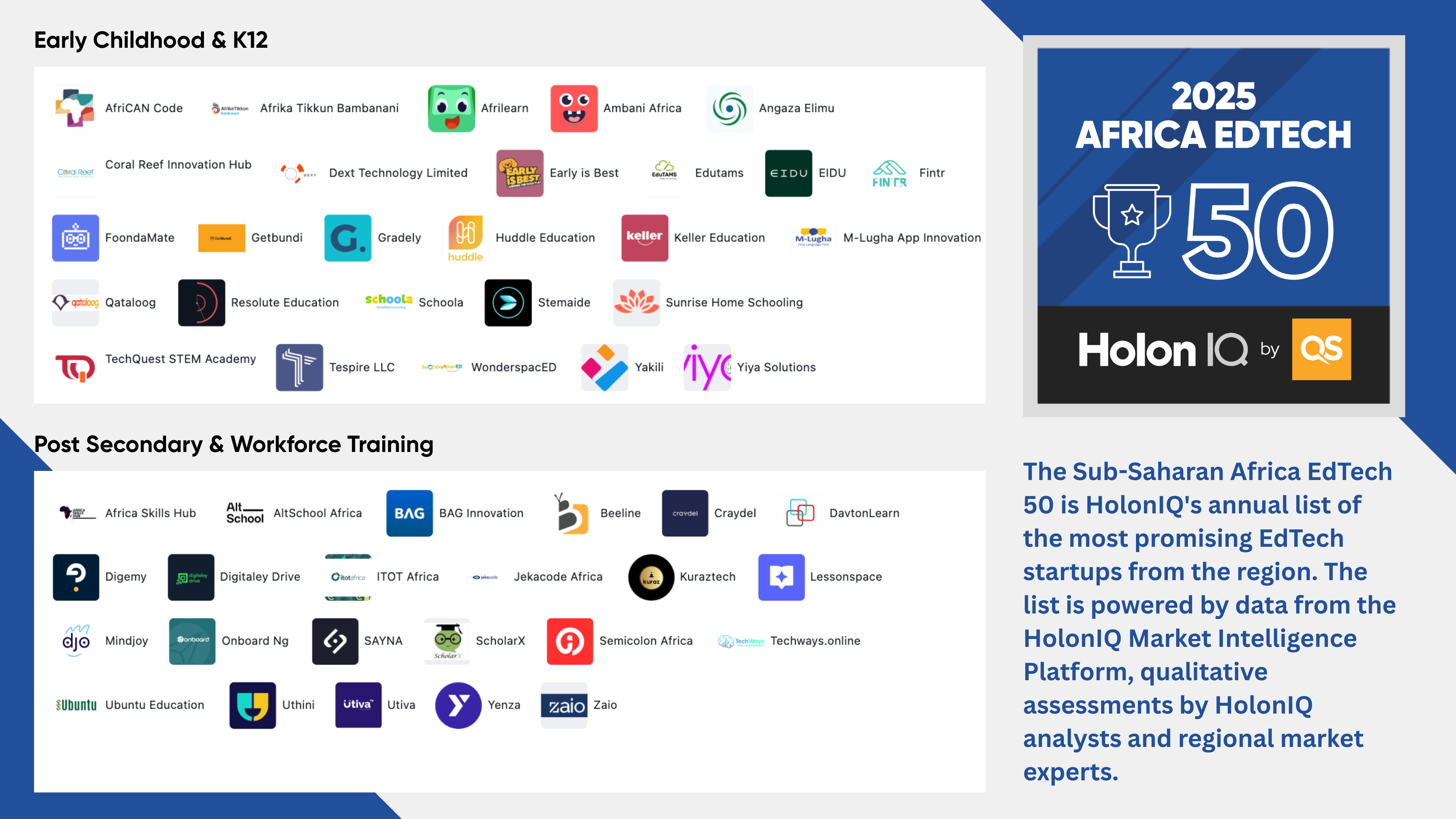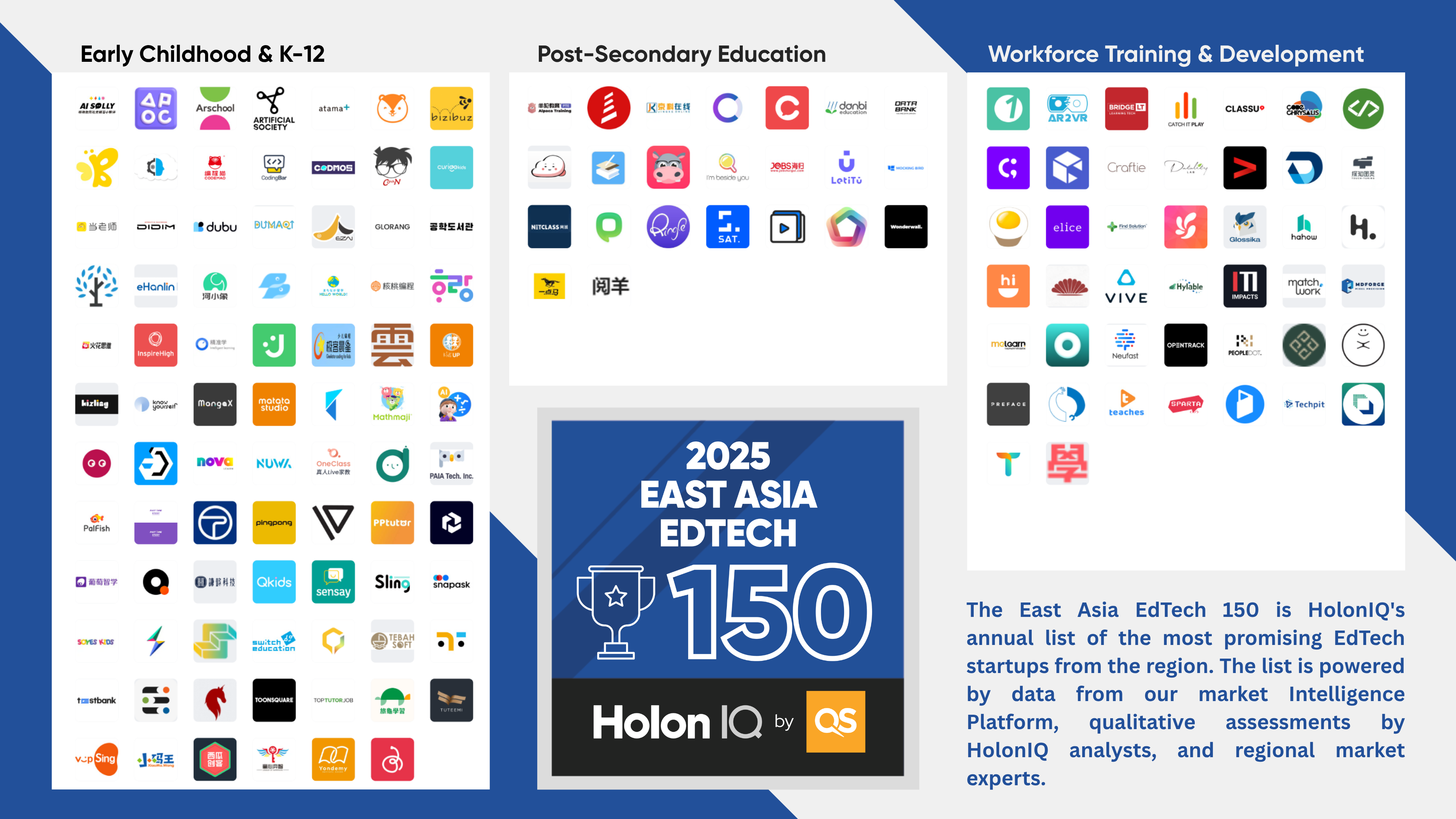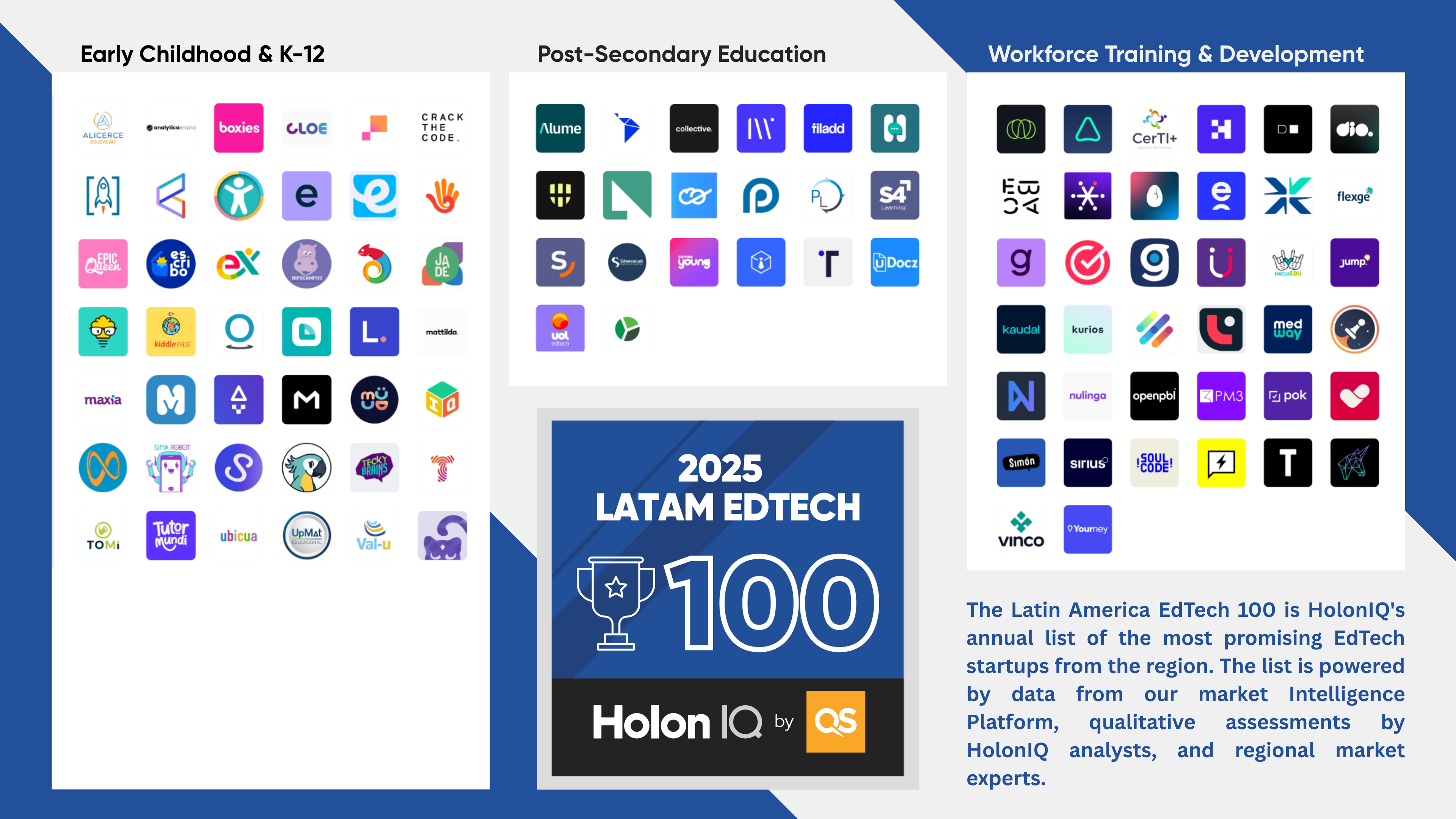Version 2.1 of the Open-Source Global Climate Tech Landscape was launched in September 2023 in New York at Climate Week NY
HolonIQ's Open Source Taxonomy for Climate Tech was launched in Glasgow at COP 26 in 2021 and updated at COP 27 in Sharm el Sheikh. Version 2.1 was launched this week in New York as an interim change ahead of announcing our Global Climate Tech 1000 for 2023, which will now be expressed through the latest v2.1 open source taxonomy to reflect developments in the climate tech ecosystem. We expect to announce version 3.0 in Dubai at COP 28 in December this year with further changes expanding out our four major areas of environment, energy, infrastructure, and mobility.
Changes in Brief
The major change in version 2.1 re-orders the sub sectors and brings the biosphere all the way to the first step. It makes sense for the planet to be the first and foremost part of a global open source taxonomy. Big picture, we've also set-up the taxonomy to look from the planet through to the built environment with the left hand side of the taxonomy representing the biosphere, circular economy, carbon and data and the right hand more infrastructure, energy and built environment focused, representing resources, renewables, energy storage and distribution, the built environment and mobility. Circular economy and resources gain new clusters while we have updated definitions and coverage for the other sub sectors.
Figure 1

Biosphere
Biosphere remains largely unchanged but we have updated our coverage and definitions at a cluster level to break out land and soil from forests and woodlands. The purpose of this is to dedicate a cluster to capture technology targeted at improving the quality of soil and related activities. This would allow for greater depth and coverage for forests and woodlands. Lithosphere, Hydrosphere, Cryosphere, and Atmosphere are represented in this subsector.
Food System
Ag & Food will now be known as Food System to differentiate our coverage from core AgTech to focus on how the food system and the components of the food system that influence climate change and climate tech most distinctly. Similar to Biosphere, changes are at a cluster level with Smart Farming expanded to cover innovative aquaculture and Livestock expanded to include fisheries (we expect to break these out in version 3.0). Crops and alternative proteins remain unchanged.
Circular Economy
Circular Economy gains Waste to Energy as a new cluster. This was previously covered in solid waste which has now evolved to cover solid waste and water waste management. Sustainable Materials continues in its existing form covering paper, packaging, building materials and other innovative alternatives. Textiles and Recycling remain unchanged as well.
Carbon Markets
B2B Carbon Offsets has expanded to include Carbon Exchanges to recognize the growing innovations in carbon credit trading. The sub sector remains unchanged otherwise.
Data and Finance
IoT Cluster has expanded to include Earth Observation, predominantly from satellites to monitor changes in the planet and climate from space. The cluster will continue to cover land based, internet connected measuring devices.
Climate Data, Finance, Risk and Insurance will continue with their definitions from the previous version.
Resources
Resources gains a new cluster as well as a re-order to recognize emerging trends and technologies in the space. Critical Minerals now leads the sub sector, highlighting the global push to discover and secure mineral supplies and we have added a cluster dedicated to cover bio and synthetic fuels. Oil Transition and Gas Transition have been consolidated into Fossil Fuels which will also include Coal Transition representing the innovation in fossil fuel extraction and development to minimize harm to the environment.
Renewables
Solar, Wind, Geothermal and Biomass clusters continue with their coverage as it were in the last version but Hydro has been updated to explicitly include tidal and wave energy in addition to hydropower.
Storage and Distribution
Previously named storage, we’ve added distribution to the title to reflect investments in various distribution systems and our coverage of the same. EV Charging has moved up two places to highlight the adjacency between Transport Infrastructure, Vehicles and EV Charging.
Built Environment
This sub sector continues unchanged except for the vertical realignment that places Transport Infrastructure adjacent to Vehicles and EV Charging.
Mobility
In Mobility we have updated our definitions for micro mobility and vehicles, where vehicles will focus on tech related to road transport with 4 wheels or more, while micro mobility will cover 2 wheelers, 3 wheelers and personal mobility devices. The Aircrafts cluster has been updated to cover fixed and rotary wing aircraft.









.png)







